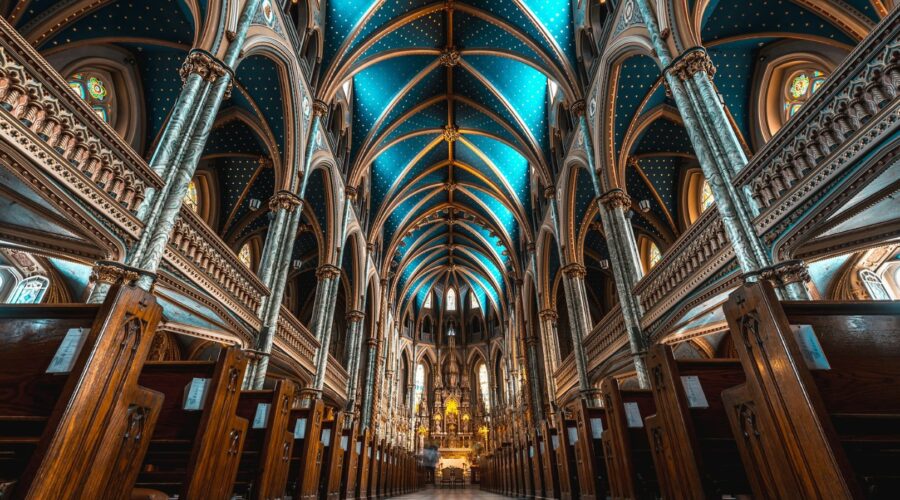Your cart is currently empty!
The Anglican Communion: A Guide to Its History, Beliefs, and Structure

Introduction
The Anglican Communion is a worldwide fellowship of churches that share a common history, doctrine, and liturgy. It is the third largest Christian communion in the world, with over 85 million members in 165 countries.
The Anglican Communion is often described as “both catholic and reformed.” This means that it retains many of the traditions and practices of the Roman Catholic Church, but it also has a strong emphasis on the authority of Scripture and the individual conscience.
History
The Anglican Communion traces its roots back to the Church of England, which was founded in the 16th century by King Henry VIII.
Henry VIII broke with the Roman Catholic Church in 1534 after the Pope refused to annul his marriage to Catherine of Aragon. Henry then declared himself the Supreme Head of the Church of England, and he began to make a number of changes to the church’s doctrine and liturgy.
After Henry VIII’s death in 1547, the Church of England went through a period of turmoil. However, it eventually emerged as a distinct and separate Christian communion.
In the 19th century, the Anglican Communion began to spread to other parts of the world. Missionaries from the Church of England established churches in North America, Africa, Asia, and Australia.
Today, the Anglican Communion is a global fellowship of churches. It is governed by the Lambeth Conference, which meets every ten years to discuss issues facing the communion.
Beliefs
The Anglican Communion is based on the following beliefs:
- The Bible is the supreme authority for matters of faith and practice.
- The Nicene Creed and the Apostles’ Creed are essential statements of Christian belief.
- The sacraments of baptism and Holy Communion are essential for salvation.
- The church is the body of Christ on earth.
- The Anglican Communion is a fellowship of churches that share a common history, doctrine, and liturgy.
Structure
The Anglican Communion is governed by the Lambeth Conference, which meets every ten years to discuss issues facing the communion. The Lambeth Conference is made up of bishops from all over the world.
The Archbishop of Canterbury is the spiritual leader of the Anglican Communion. He is the bishop of Canterbury Cathedral and the head of the Church of England.
The Anglican Communion is divided into provinces. Each province is led by an archbishop or a primate.
The Anglican Communion is a decentralized organization. Each province is autonomous and has its own governing body.
Challenges
The Anglican Communion faces a number of challenges, including:
- The rise of secularism
- The decline of church attendance
- Theological disagreements
- Cultural differences
Despite these challenges, the Anglican Communion remains a vibrant and growing Christian communion.
Conclusion
The Anglican Communion is a worldwide fellowship of churches that share a common history, doctrine, and liturgy. It is the third largest Christian communion in the world, with over 85 million members in 165 countries.
The Anglican Communion is based on the belief that the Bible is the supreme authority for matters of faith and practice. It also believes that the sacraments of baptism and Holy Communion are essential for salvation.
The Anglican Communion is governed by the Lambeth Conference, which meets every ten years to discuss issues facing the communion. The Archbishop of Canterbury is the spiritual leader of the Anglican Communion.
The Anglican Communion faces a number of challenges, including the rise of secularism, the decline of church attendance, and theological disagreements. However, it remains a vibrant and growing Christian communion.